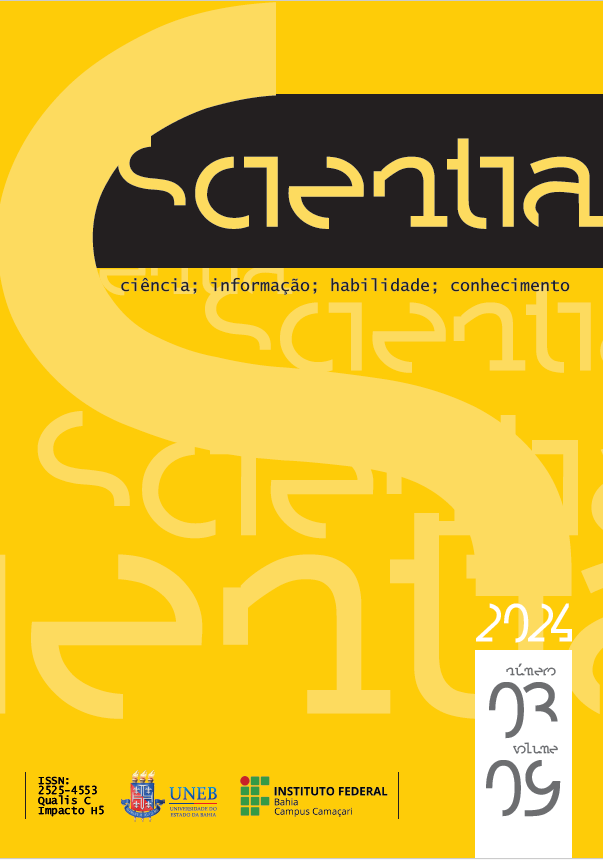HISTORICIDADE DA REDE 5G (QUINTA GERAÇÃO): APLICAÇÕES E DESAFIOS
Abstract
Wireless technology has brought about changes in society and business practices. The evolution of mobile devices from the analog communication system to what we have today, instant communication, has efficiently met society's needs. However, due to the new demands for the use of fixed and mobile broadband, massive internet communication, and cities and industries based on the ephemerality of information, a reliable and low latency network was required. In this sense, the 5G network has presented itself as a facilitator in digital transformation, bringing new technologies and experiences. Therefore, this work aims to analyze the 5G network and its new architecture, demonstrating through its results the possible applications and technical possibilities of the new network, as well as listing the challenges to be overcome. To this end, a bibliographical survey was carried out in the main databases with a time frame between the years 2019 and 2023. The topics follow this introduction, describing the historicity of mobile communications networks, characterization of the 5G network, current panorama of the new architecture in global and local contexts (Brazil), in addition to presenting the applicability of the network. The review study made it possible to observe that the new fifth generation network has the potential to enable new applications and business models that can drastically improve the quality of life around the world.
Downloads
Downloads
Published
How to Cite
Issue
Section
License
Copyright (c) 2024 Washington Lima de Santana, Anderson Dourado Sisnando, Kilder Leite Ribeiro, Robson Hebraico Cipriano Maniçoba, Alex Ferreira dos Santos

This work is licensed under a Creative Commons Attribution-NonCommercial-NoDerivatives 4.0 International License.
A partir da submissão entende-se como automática a cessão dos direitos autorais para a Revista, uma vez tendo sido aprovado e aceito para publicação.
From the submission is understood as automatic the assignment of copyrights to the Journal, once it has been approved and accepted for publication.





